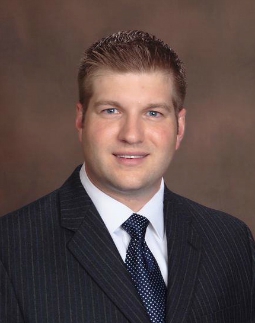Blisters in general are no fun, but a blister on your foot can be pure misery, especially if you’re an active individual. Just ask tennis player Roberto Bautista Agut—a couple of weeks ago he had to deal with one on his toe in a match against World No. 1 Novak Djokovic. (It didn’t end well.)
In general, if the blister isn’t broken and isn’t too painful, we recommend trying to keep it that way. Popping or draining a blister means exposing it to infections. Foot blisters are especially prone since their natural habitat—namely, your shoes—is often the kind of dark, dirty, and moist environment that bacteria crave. Furthermore, if you have a compromised immune system (such as with diabetes or circulatory problems) you should never drain a blister yourself—the risk is too great. Finally, regardless of your situation, it’s never a bad idea to seek medical help.

That said, sometimes when a foot blister is so large or painful that you can barely walk, medical attention isn’t at hand or practical, and you don’t have any other medical concerns that would put you at greater risk, draining a blister may be the best choice.
The safest course of action is to drain the fluid without peeling off the skin overtop. Wash your hands and the blister area with soap and water first, then take a sterilized needle and make several small holes along the outside edge to drain the fluid. (You can sterilize a needle by rinsing it in alcohol or placing it in a flame until it glows red.) Leaving the skin is important since it presents a natural barrier to infection.
Once the fluid has been drained, apply an antibiotic ointment and bandage. You should replace the bandage every day until the skin has fully healed, and check for signs of infection throughout. Whitish or yellowish drainage, warm skin, or reddish streaks leading away from the blister are all indications that you should be checked by a medical professional.
If you notice an infection, are worried about getting one, or simply are sick of getting blisters and want to know how to prevent them, you can always make an appointment with Dr. Keith McSpaddenat North Austin Foot & Ankle Institute, 512-593-2949. Fixing your foot pain and keeping active and on your feet is our top priority.


